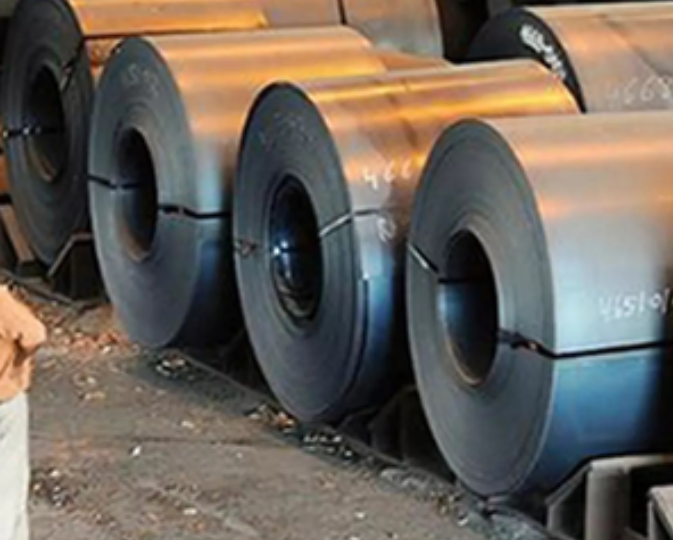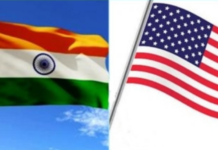New Delhi— Indian exporters are expressing alarm over the United States’ recent move to double import tariffs on steel and aluminum, fearing it could severely impact shipments of value-added and finished products to one of India’s key export markets.
The Federation of Indian Export Organisations (FIEO) responded to the announcement by U.S. President Donald Trump to raise tariffs from 25 percent to 50 percent, warning that the decision could disrupt India’s growing exports in engineering goods, particularly high-grade steel and auto components.
FIEO President S.C. Ralhan said the proposed increase in tariffs would significantly affect Indian exports of semi-finished and finished steel products such as stainless steel pipes, structural steel components, and automotive parts. These items form a major part of India’s engineering exports, and higher duties could undermine their competitiveness in the American market.
In the fiscal year 2024–25, India exported roughly $6.2 billion worth of steel and related products to the U.S., along with approximately $860 million in aluminum and aluminum-based goods. The U.S. is among India’s top export destinations for steel, with domestic manufacturers gradually gaining ground through competitive pricing and high-quality production.
Ralhan acknowledged that the tariff hikes may be driven by U.S. domestic policy considerations but cautioned that such abrupt protectionist measures send negative signals to global trade and manufacturing supply chains. He urged the Indian government to address the issue through diplomatic channels to prevent Indian exporters from being unfairly penalized.
“An additional 25 percent duty on steel exports is a substantial burden that neither exporters nor importers can easily absorb,” he said, adding that Indian companies should explore new markets and focus on more advanced, value-added products to reduce dependency on any single region.
Meanwhile, the matter may surface in ongoing negotiations between India and the United States over a proposed Bilateral Trade Agreement. Delegations from India’s Department of Commerce and the Office of the U.S. Trade Representative met in Washington from April 23–25 to advance talks on finalizing the first phase of the agreement by fall 2025.
These efforts are aligned with the joint commitment made by Prime Minister Narendra Modi and President Trump during Modi’s visit to Washington earlier this year. The leaders have pledged to deepen economic cooperation and pursue a bold target under “Mission 500,” aiming to more than double bilateral trade to $500 billion by 2030.
As trade talks continue, exporters and industry observers will be watching closely to see how the tariff issue is addressed and whether solutions can be reached to protect India’s share in the U.S. market. (Source: IANS)








